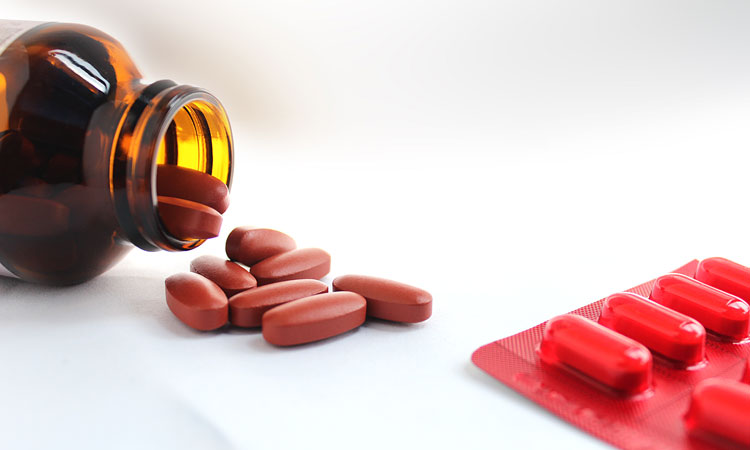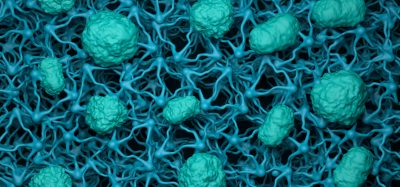New mass spec technique used to determine structure of sugars
Posted: 25 March 2020 | Rachael Harper (Drug Target Review) | No comments yet
A new method has been invented that boosts the mapping of heparan sulfates and which the researchers say could be widely used for drug discovery.

Researchers have invented a new analytical method that will boost the mapping of heparan sulfates and could unlock the potential of heparin, a widely used drug.
Sugars like polysaccharides are believed to be essential for life to arise and the family of polysaccharides called glycosaminoglycans (GAGs) are particularly abundant and difficult to analyse.
GAGs of the heparan sulfate type play key roles in regulating many biological functions, including inflammation, neurodegeneration and tumour metastasis. In fact, a special type of heparan sulfate called heparin is a widely used drug to prevent coagulation.
The new research into heparan sulfates was undertaken by the Danish National Research Foundation Centre for Glycomics at the Department of Cellular and Molecular Medicine, University of Copenhagen.
“Determining the structures is a key question in the research about sugars. If we know the structure, we can determine what the cues are for specific biological functions and consider potential ways to exploit this in the development of therapeutics. This is hugely important and clinically relevant, as shown by the widely used anti-coagulant heparins and the potential application of new heparin-based drugs for multiple diseases in the future,” said Dr Rebecca Louise Miller, corresponding author of the new study and Assistant Professor at the Copenhagen Center for Glycomics.
The researchers’ new method is called ‘Shotgun ion mobility mass spectrometry sequencing’ or SIMMS2 and relies on advanced mass spectrometry to break the sugar structures into smaller fragments, separate and fingerprint them compared to known standards. Virtual reassembly of the sugar pieces into a picture of the original sugar can for the first time determine larger sequences of polysaccharides that are big enough to capture the cues that direct functions like anti-coagulation.
“This… method could be easily implemented and widely used for drug discovery by many research groups in a short period of time,” added Professor Jeremy Turnbull, University of Liverpool and Copenhagen Center for Glycomics, a co-author on the study.
The study was published in Nature Communications.
Related topics
Analytical Techniques, Drug Development, Drug Targets, Mass Spectrometry, Research & Development, Sequencing
Related conditions
inflammation, neurodegeneration
Related organisations
Copenhagen University
Related people
Dr Rebecca Louise Miller, Professor Jeremy Turnbull







